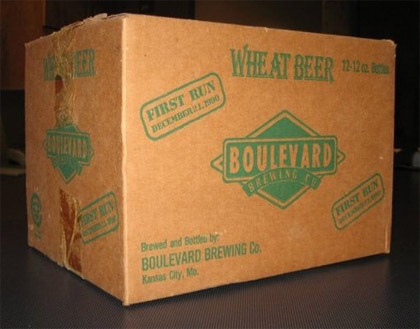Where’s the best place in the United States to drink beer this week?
I’d vote for Baltimore, always an good choice but with Baltimore Beer Week in full swing a rather obvious one.
For some reason Baltimore — as well as Washington, D.C. — seems to have been neglected of late. I went looking through a variety of “best beer city lists” and no Baltimore. Asheville, N.C., makes two, but the closest Baltimore came was when Michael Jackson picked a top seven in 2000 and called Baltimore a “contender.”
He also made a point worth remembering the next time a little “best beer city” silliness breaks out. He wrote, “A great beer city needs to be big enough to create a market but sufficiently small to have a genuine local pride in its beers.”
With that in mind here are a few compilations of top-rated and “under-rated” cities.
Stephen Beaumont’s Unsung Destinations
From the Oct./Nov issue of Ale Street News
1. Western Michigan
2. Atlanta
3. Raleigh-Durham
4. Anchorage
5. Manhattan
AABM Under the Radar
(Mark Lisheron story in All About Beer magazine – alphabetical order)
Asheville, N.C.
Atlanta
Burlington, Vermont
Madison, Wisconsin
Minneapolis/St. Paul
Pittsburgh
Portland, Maine
Santa Rosa/Healdsburg
Men’s Journal’s Top U.S. Cities
1. San Diego
2. New York
3. Portland, Oregon
4. Philadelphia
5. Chicago
Examiner National Poll
16,000 votes
Tie – Portland, Oregon
Tie – Asheville, N.C.
3. Philadelphia
4. San Diego
5. St. Louis
6. San Francisco/Bay area
7. Seattle
8, Denver
9. Portland, Maine
10. Milwaukee
11. Fort Collins, Colorado
Ben McFarland’s World Best
From World’s Best Beers: One Thousand Craft Brews from Cask to Glass — review coming soon
1. Bamberg
2. Bruges
3. Munich
4. London
5. Boston
6. Portland
7. Prague
8. San Francisco
9. Brussels
10. Cologne
Michael Jackson’s Magnificent Seven
(from 2000, listed west to east)
Seattle
Portland
San Francisco
Denver
Austin
Philadelphia
Boston

 I plead work. Unfortunately I missed round 32 of The Session, but
I plead work. Unfortunately I missed round 32 of The Session, but